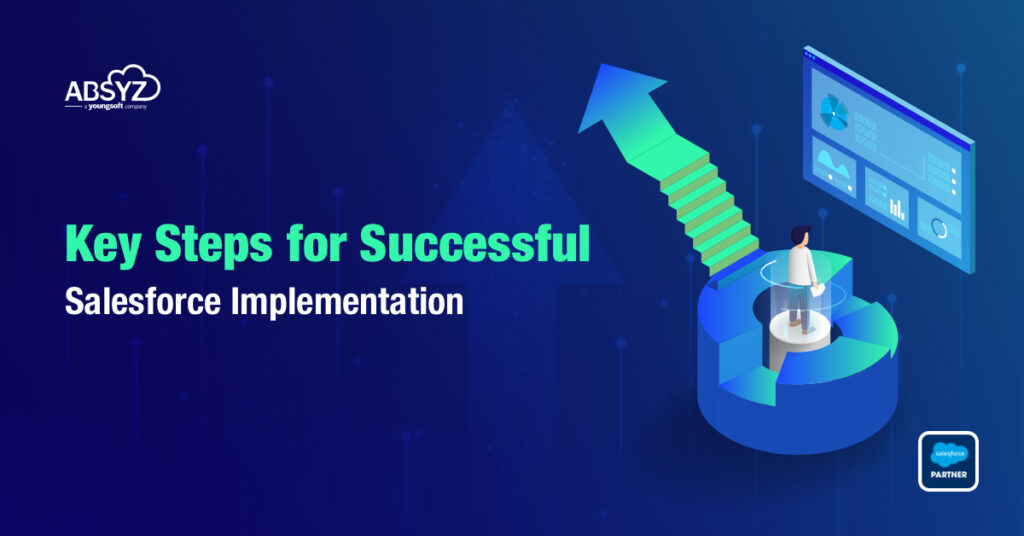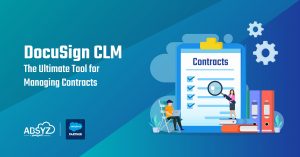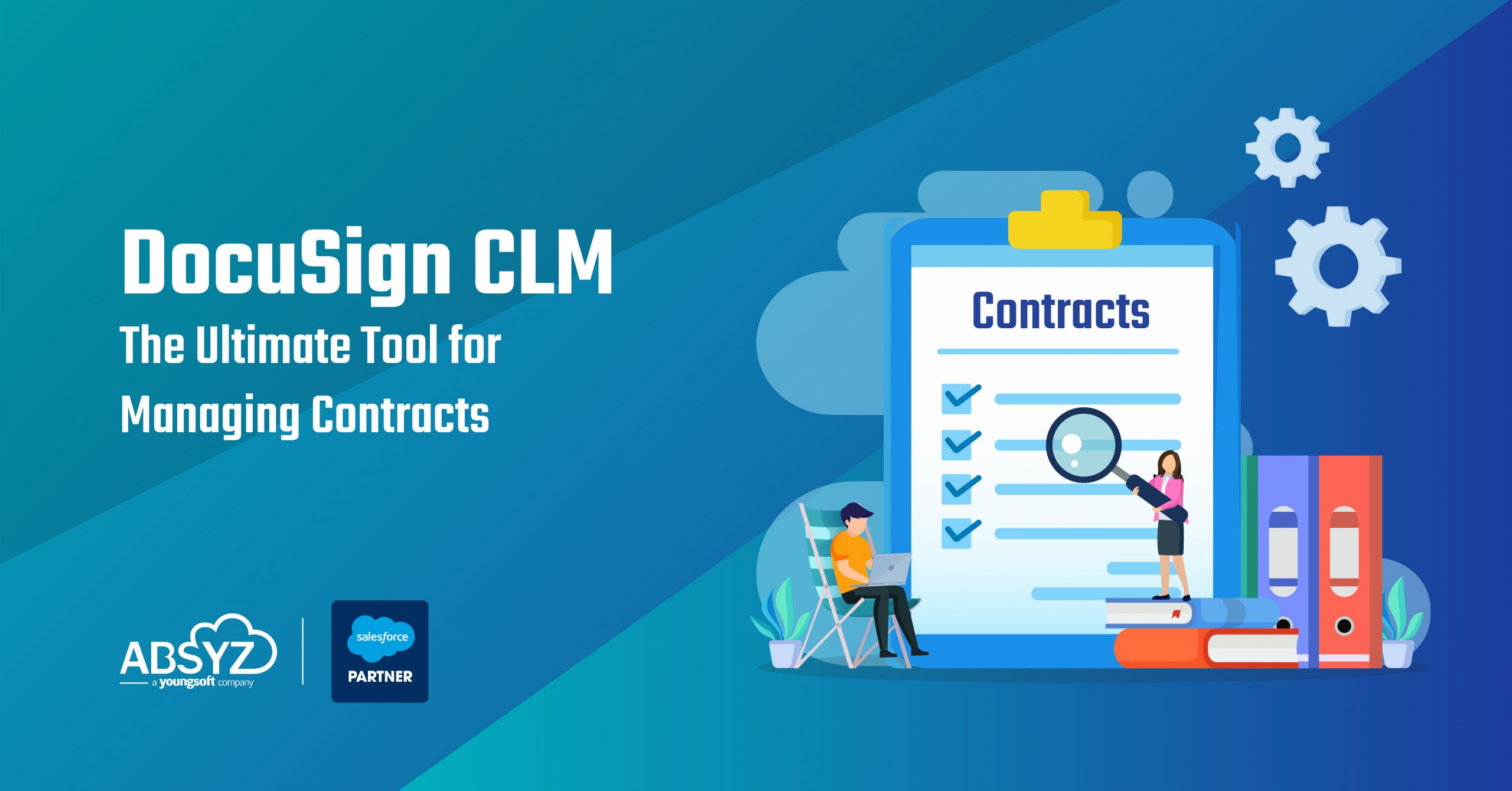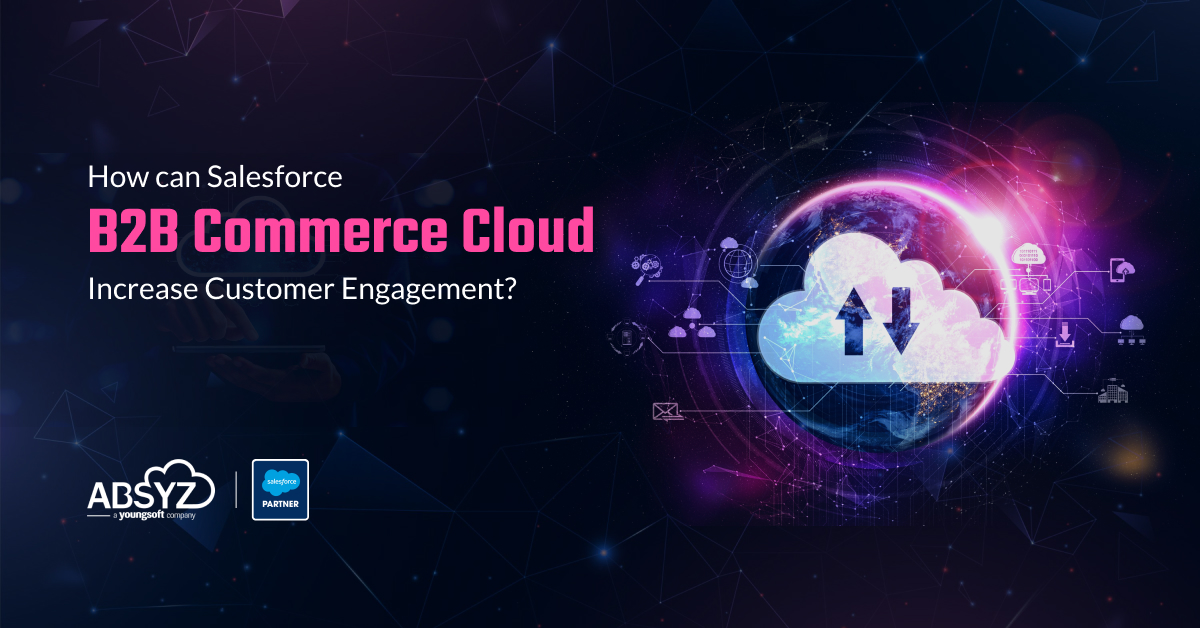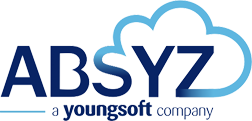Salesforce is a powerful customer relationship management (CRM) platform that can help businesses of all sizes streamline their sales, marketing, and customer service processes. However, implementing Salesforce can be complex and daunting, especially for those new to the platform.
In this article, we will discuss the key steps for a successful Salesforce implementation, including finding the right implementation partner and understanding your organization’s needs.
Why Is Salesforce Implementation Important?
Salesforce implementation is the process of setting up and customizing the Salesforce platform to meet your organization’s specific needs. It involves configuring the platform, migrating data, and training users to ensure a smooth transition to the new system.
A successful Salesforce implementation can bring numerous benefits to your organization, including:
- Improved efficiency and productivity
- Better data management and organization
- Enhanced customer experience
- Increased sales and revenue
- Streamlined processes and workflows
Finding the Right Implementation Partner
Finding the right implementation partner is one of the most crucial steps in a successful Salesforce implementation. A Salesforce implementation partner is a consulting firm or agency specializing in implementing and customizing Salesforce for businesses.
When choosing a Salesforce implementation partner, consider the following factors:
Experience and Expertise
Look for a partner with a proven track record of successful Salesforce implementations. They should have experience working with businesses in your industry and have a deep understanding of the Salesforce platform.
Services Offered
Different implementation partners may offer different services, so it’s essential to understand what services you need and ensure the partner can provide them. Some partners may only offer implementation services, while others offer training, support, and ongoing maintenance.
Communication and Collaboration
Effective communication and collaboration are crucial for a successful implementation. Look for a responsive, transparent partner, and willing to work closely with your team to understand your needs and goals.
Cost
The cost of Salesforce implementation can vary depending on the complexity of your organization’s needs and the services provided by the partner. It’s essential to discuss and agree on the cost upfront to avoid any surprises later on.
Understanding Your Organization's Needs
Before beginning the implementation process, it’s crucial to understand your organization’s needs and goals. This will help you determine which Salesforce features and functionalities are essential for your business and ensure that the platform is configured to meet those needs.
Identify Key Stakeholders
Identify the key stakeholders in your organization who will be using Salesforce. This could include sales representatives, marketing professionals, customer service agents, and managers. Understanding their roles and responsibilities will help you determine which features and functionalities are necessary for their job.
Define Your Objectives
Clearly define your objectives for implementing Salesforce. Are you looking to improve sales processes, streamline customer service, or enhance marketing efforts? Having a clear understanding of your goals will help you determine which Salesforce features and functionalities are most important for your organization.
Analyze Your Data
Before migrating your data to Salesforce, it’s essential to analyze it to ensure its accuracy and completeness. This will help you identify any data gaps or inconsistencies that need to be addressed before the implementation process begins.
Configuring Salesforce
Once you have a clear understanding of your organization’s needs and goals, it’s time to configure Salesforce to meet those needs. This involves setting up the platform, customizing it to fit your business processes, and migrating your data.
Set Up Users and Permissions
The first step in configuring Salesforce is setting up users and assigning them appropriate permissions. This will ensure that each user has access to the features and data they need to perform their job effectively.
Customize Fields and Objects
Salesforce allows you to customize fields and objects to fit your business processes. This includes creating custom fields, modifying existing fields, and creating new objects to store specific types of data.
Import Data
Once your fields and objects are set up, it’s time to import your data into Salesforce. This can be a complex process, especially if you have a large amount of data. It’s essential to carefully map your data to the appropriate fields to ensure its accuracy.
Test and Refine
After importing your data, it’s crucial to test the system and refine any configurations that may not be working as expected. This will help ensure that the platform is set up correctly and meets your organization’s needs.
Training and Adoption
Training and adoption are critical for a successful Salesforce implementation. Without proper training, your team may struggle to use the platform effectively, leading to frustration and a lack of adoption.
Develop a Training Plan
Develop a training plan that outlines what training will be provided, who will receive it, and when it will take place. This could include in-person training, online courses, or self-paced learning.
Provide Ongoing Support
Even after the initial training, it’s essential to provide ongoing support to your team. This could include regular check-ins, access to training materials, and a help desk for any questions or issues that may arise.
Encourage Adoption
Encourage adoption of Salesforce by highlighting its benefits and providing incentives for using the platform. This could include rewards for meeting certain usage goals or recognition for those who have fully adopted the platform.
Measuring Success
Measuring the success of your Salesforce implementation is crucial for understanding its impact on your organization and identifying areas for improvement.
Define Key Performance Indicators (KPIs)
Before implementing Salesforce, define the KPIs that you will use to measure its success. This could include metrics such as sales revenue, customer satisfaction, or employee productivity.
Monitor and Analyze Data
Use Salesforce’s reporting and analytics tools to monitor and analyze data related to your KPIs. This will help you track progress and identify any areas that may need improvement.
Make Adjustments
Based on your data analysis, make adjustments to your Salesforce implementation as needed. This could include adding new features, providing additional training, or refining processes to improve performance.
Conclusion
Salesforce implementation can be a complex and challenging process, but by following these key steps, you can ensure a successful implementation that brings numerous benefits to your organization. Remember to find the right implementation partner, understand your organization’s needs, and provide proper training and support for your team. With the right approach, Salesforce can help take your business to the next level.
Ready to transform your business with seamless Salesforce implementation? Discover the power of ABSZY’s organized and tailored Salesforce Implementation Services. Elevate your efficiency and streamline your operations today!

